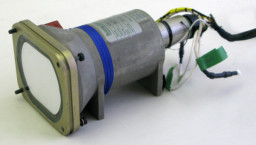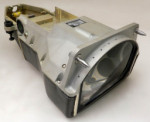SEARCH THE COLLECTION
Toggle navigation
Menu
- Home
-
The Collection
- View The Collection
- Vintage and Antique
- Air Data
- Corporate/Business
- Engine Control
- Flight Control
- Fuel Systems
- General Purpose
- Gunsight
- Gyro
- Head-Down Display [HDD]
- Head-Mounted Equipment [HMD/NVG/Glasses]
- Head-Up Display [HUD]
- Maintenance Systems
- Mission Systems
- Navigation/Inertial
- Unknown
- Passenger Equipment
- Personal/Personnel
- Radio Communication/Sensing
- Stores/Weapon Management
- Surveillance/Acoustics
- Vehicles/Platforms
- Vision Enhancement (FLIR/Rifle Sight)
- Media
-
Documents
- View The Documents Archive
- Published works
- Books
- Brochures
- Company Booklets
- Technical Documents
- Magazine Articles
- Historic Events & Records
- Lectures, Presentations & Speeches
- Company Social Events
- Box Files
- Drawings
- RAA Booklets; Significant People
- RAA Booklets; Important Equipment
- RAA Booklets; Heritage
- Procedures
- Pictures
- Platforms
- Organisations






